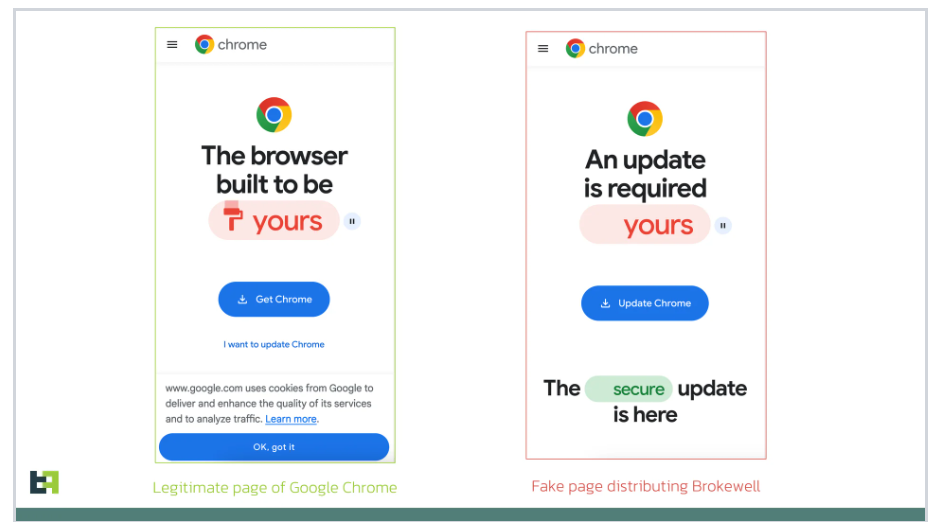What is a chief data officer? A leader who creates business value from data
CDO vs. chief analytics officer
Chief data officers manage data while chief analytics officers lead data analytics.

CDO vs. chief analytics officer
Chief data officers manage data while chief analytics officers lead data analytics. Even though chief data officer and chief analytics officer are two distinct roles, they should both reside in the same person, argues Guy Gomis, partner at the recruiting company BrainWorks.
“I’m finding the best in class are combining the two,” he says. “Most leaders in analytics want to own the data strategy and how the company treats data, and they want to own analytics.” It makes sense if you think about it: analytics is how data provides value, so that’s an essential function. At the same time, you need a good data strategy and good data management, or you won’t get quality data to analyze. Thus, Gomis says, “Best practice is having a chief data strategy and analytics officer who owns both data and analytics, and works closely with the CIO.”
To whom should the chief data officer report?
CDOs are still finding their place in many organizations. CIO’s State of the CIO Study 2024 found that 24% of CDOs report to the CEO, 12% to the CFO or top finance executive, and 14% to another line-of-business executive. According to the AWS/MIT survey, almost 20% of CDOs currently report to the CEO or chairman, over 19% to the CIO, CTO, or some other C-level executive that reports to the CEO, and just about 16% report to a non-C-level executive.
While organizations are rapidly adopting the chief data officer role, NewVantage Partners says there’s still a lot of confusion and disagreement on the mandate and importance of the position. Its Data and AI Leadership Executive Survey 2022 found that 52% of participants identified the chief data officer as the executive with primary responsibility for data strategy and results. In 2022, 48% of respondents said other C-level executives had primary responsibility or claimed there was no single point of accountability.
PwC’s global strategy consultancy, Strategy&, believes the CDO role should sit at the C-suite level or one level below because, “appointing a senior-level CDO is essential for leadership teams seeking to maximize the potential of data as a strategic asset throughout the organization.”
Carruthers agrees. She says the chief data officer could report to various places in the organization, but she favors the CEO or COO, not the CIO.
“As the role evolves and matures, it’s reporting into other places in the business,” she says. “It’s moving toward more of a seat at the top table, which it should be. For me, the CIO and the CDO should work hand-in-hand as a partnership, and a partnership doesn’t work when one partner works for the other partner.”
What to look for in a chief data officer
According to the NewVantage Partners’ survey, 51% of executives at Fortune 1000 firms feel a successful chief data officer must be an external change agent with fresh perspectives. Meanwhile, 14% held the opposite view: they felt a successful chief data officer must be a company veteran who understands the culture and history of the organization. Respondents were also split on the chief data officer’s background: 10% believed a successful chief data officer should be filled by a line-of-business executive who’s been accountable for financial results, while 19% said the CDO must have a data scientist or technologist background.
Gomis says he’s seen chief data officers come from marketing backgrounds, and that some are MBAs who’ve never worked in data analytics before. “Most of them have failed, but the companies that hired them felt that the influencer skillset was more important than the data analytics skillset,” he says.
Good people skills certainly could be useful for getting out of the bind many new chief data officers find themselves in. “One of the biggest mistakes is not understanding what it’ll take to succeed, in terms of expectations,” Gomis adds. “If you look at a lot of the people who’ve had the title of chief data officer and chief analytics officer over the last three years, there’s a tremendous amount of turnover because company and candidate expectations weren’t aligned.”
The problem is often unrealistic expectations from an employer. “The biggest mistake companies make is to expect that because they’ve hired someone, the problem is solved,” says Justin Cerilli, who heads the data and analytics practice for consultancy Russell Reynolds Associates. “Actually, you’re just starting to solve the problem — the tough decisions are still to come. That’s when you start asking who your people are, what your processes are, and how to change culture. CEOs tell chief data officers to change everything to get the end results they want, but don’t want to change the way they do anything.”









